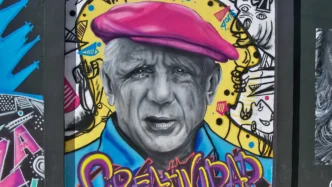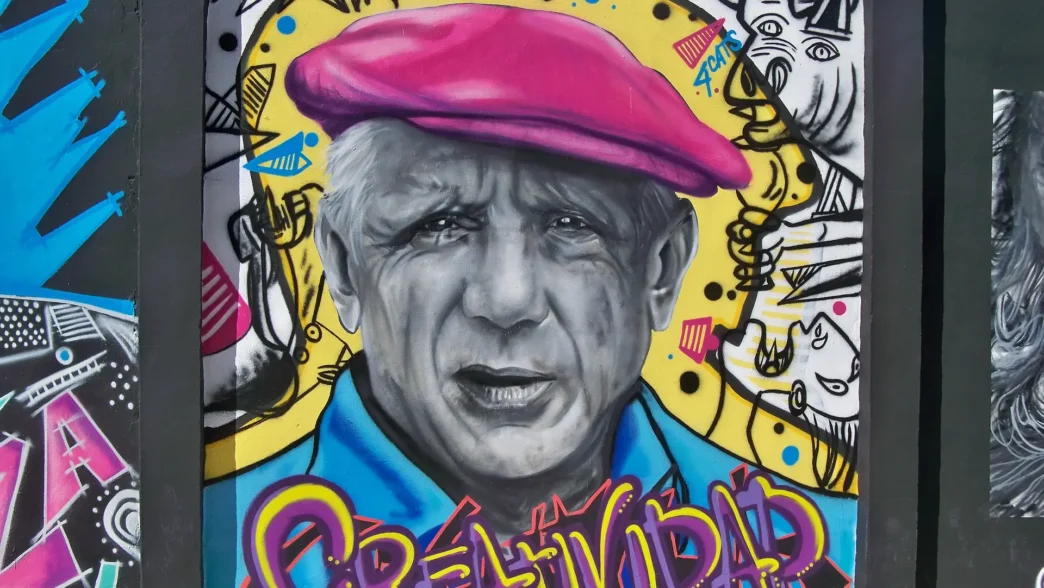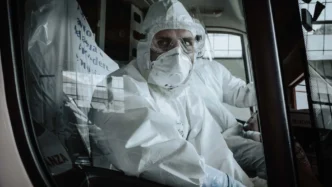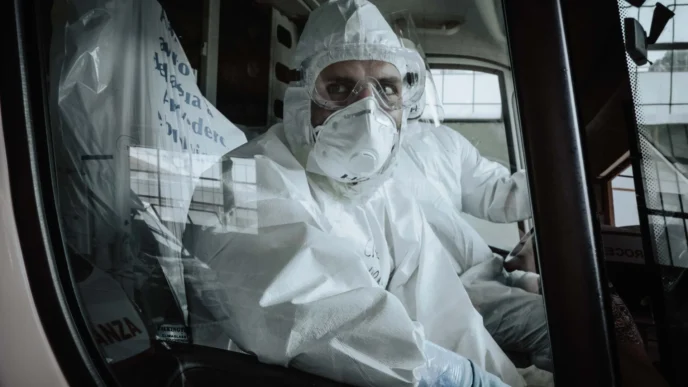A valuable Pablo Picasso painting has mysteriously vanished while being transported from Madrid to Granada, sparking a high-profile Spanish police investigation that now spans two provinces. The missing work, Still Life with Guitar (1919), was scheduled to appear in the exhibition Bodegón. The Eternity of the Inert at the CajaGranada Cultural Center. Yet, while 56 other artworks arrived safely, this Picasso painting never reached its destination.
According to police reports, the disappearance occurred sometime between Thursday, October 2, when the painting left Madrid, and Friday, October 3, when the transport truck arrived in Granada. The small artwork—created in gouache and lead pencil on paper and measuring only 12.7 by 9.8 centimeters—has been missing since that Friday. Its location remains unknown.
The case was initially handled by Spain’s National Police in Madrid but has now been transferred to the theft division in Granada, suggesting investigators believe the loss likely occurred in Andalusia. Ten days after the painting was reported missing, authorities confirmed there have been no arrests and that “several hypotheses remain open.”
A Journey Full of Questions
Still Life with Guitar belonged to a private collector whose identity has not been revealed. Although considered a minor work, it still holds great artistic and historical value. The piece was sold several years ago for around €60,000 (about $90,000), according to Ledor Fine Art, a gallery specializing in Picasso’s works. For insurance purposes, however, the Fundación CajaGranada valued it at €600,000.
The transport was organized by a logistics company in Pinto (Madrid), responsible for delivering 58 artworks in total—57 loans from various collections and the Picasso. Only the Picasso artwork failed to arrive.
Curiously, the roughly four-hour drive between Madrid and Granada was not completed in a single day. The truck made an overnight stop in Deifontes, a small town just 27 kilometers from Granada, where the two employees aboard claimed to have taken turns watching over the cargo. “They said they maintained surveillance throughout the night,” a police spokesperson told reporters. However, investigators have not ruled out the possibility of negligence or foul play.
When the vehicle reached the CajaGranada Center around 10 a.m. on Friday, October 3, unloading began immediately. In a statement, the foundation said that “all works were transferred from the truck to the freight elevator in a single, continuous movement” in a video-monitored area.
Still, the foundation acknowledged flaws in the inventory process. “Not all packages were properly numbered,” said a spokesperson, “making it impossible to conduct a complete check without unpacking each piece.” Staff signed off on the delivery nonetheless, assuming all crates matched the shipment list.
¿Dónde está el Picasso de 600.000 euros?
— La 1 (@La1_tve) October 17, 2025
🔹Se investiga el extravío del cuadro 'Naturaleza muerta con guitarra', nos lo cuentan en @MananerosTVE.#Mañaneros17O https://t.co/hd33EfY1Xa pic.twitter.com/kj6K1MxiDF
The Moment of Discovery
The artworks remained sealed and under 24-hour video surveillance throughout the weekend. It wasn’t until Monday, October 6, when curators began unpacking, that they realized the Picasso painting was missing.
“As soon as the team noticed the absence, we contacted the authorities,” said the Fundación CajaGranada, which filed a formal report with the National Police on October 10.
Security footage from the cultural center has been reviewed and reportedly shows no suspicious activity after the truck’s arrival. Investigators are now focusing on the loading phase in Madrid and the stop in Deifontes, hoping to determine where the artwork disappeared.
A source close to the case told Ideal, the Granada newspaper that first broke the story, that “the unclear timeline of the transport and the lack of documentation are at the heart of the mystery.” Forensic teams are examining GPS data, driver statements, and vehicle logs to pinpoint the moment the painting vanished.
A Missing Work and an Unanswered Mystery
Though not one of Picasso’s major masterpieces, Still Life with Guitar holds significant cultural and artistic importance. Created in 1919, the small gouache represents the artist’s experimentation with Cubism and still-life form in the postwar period.
Experts warn the case underscores ongoing challenges in art transport security. “It’s alarming that even high-value works can vanish under supposedly secure conditions,” said an art logistics expert interviewed by El País. “Whether this was a theft, a logistical error, or something else entirely, it reveals serious gaps in how cultural assets are handled.”
The Fundación CajaGranada maintains that it followed all safety protocols and continues to cooperate with investigators. “We trust in the professionalism of the police and remain hopeful that the work will be recovered soon,” the foundation said in a statement.
As of now, Still Life with Guitar remains missing—its fate as enigmatic as the man who painted it. Police are working to determine whether the disappearance was a theft, an accident, or a calculated crime.
One thing is certain: somewhere between Madrid and Granada, a Picasso vanished without a trace.
La policía investiga la desaparición de un Picasso que salió de Madrid para exponerse en Granada
— CanalSurNoticias (@CSurNoticias) October 16, 2025
"Naturaleza muerta con Guitarra" salió del almacén en Madrid junto a otros 56 cuadros
🌐 https://t.co/1RItKzKroq pic.twitter.com/q9YYykcIJM
🟦 Key Facts About the Missing Picasso
Detail | Information |
Title | Still Life with Guitar (1919) |
Artist | Pablo Picasso |
Medium | Gouache and lead pencil on paper |
Dimensions | 12.7 x 9.8 cm |
Owner | Private collector |
Insured Value | €600,000 |
Last Seen | October 3, 2025 – En route to Granada |
Destination | CajaGranada Cultural Center |
Investigation | Led by National Police theft division, Granada |
Information Source:
https://www.lasexta.com/noticias/cultura
Photo Attribution:
Mural of Pablo Picasso by Daniel Capilla, Sacaba Beach, Málaga, Spain — licensed under CC BY-SA 4.0. Source: Wikimedia Commons.
 English
English Español
Español













